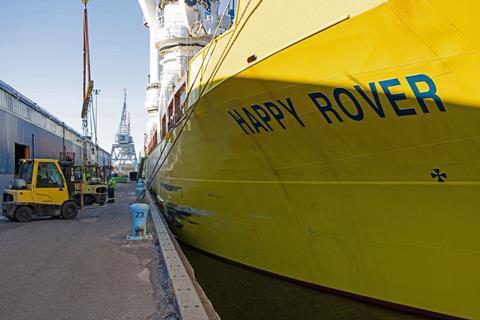An independent survey of public and private investment for the Great Lakes and St Lawrence Seaway System, conducted by Martin Associates, estimates that USD8.4 billion will be spent to enhance marine shipping there between 2018 and 2027.

Among the investments, some USD636 million was spent on vessel enhancements between 2018 and 2022, with another USD328 million planned between 2023 and 2027. USD2.1 billion was spent on port and terminal infrastructure between 2018 and 2022, with at least another USD1.1 billion planned between 2023 to 2027. USD3 billion, meanwhile, was invested in waterway infrastructure such as locks, breakwaters and navigation channels between 2018 and 2022. Another USD1.2 billion has been earmarked to improve this area from 2023-2027.
Forthcoming investments planned through 2027 are expected to include at least USD25 million for Duluth Cargo Connect, which serves as the westernmost multimodal cargo logistics hub on the Great Lakes-St. Lawrence Seaway System.
“As North America’s furthest-inland seaport, Duluth-Superior offers unique efficiencies and cost savings for cargo moving to or from the middle of the continent, but geography is only one part of the success equation for the seaway system, for our port and for cargo movers,” said Deb DeLuca, executive director of the Duluth Seaway Port Authority. “It also requires modern, safe and efficient equipment and infrastructure, which will enhance customer service and supply chain sustainability for the critical cargoes that move across this inland waterway. It requires significant commitment and financial investment, and the results of this survey are exciting because they demonstrate that the Great Lakes-St. Lawrence Seaway marine shipping industry is planning for a vibrant future.”
Adam Tindall-Schlicht, administrator of the Great Lakes St. Lawrence Seaway Development Corporation, added: “The importance of this vital conduit for North American trade is clear, and this survey shows that governments and the maritime industry are jointly focused on supporting marine shipping’s environmental and technological leadership through significant ongoing investment. The system and its ports, terminals, ship owners and cargo owners support the most sustainable and cost-effective way to haul goods to and from North America.”
















